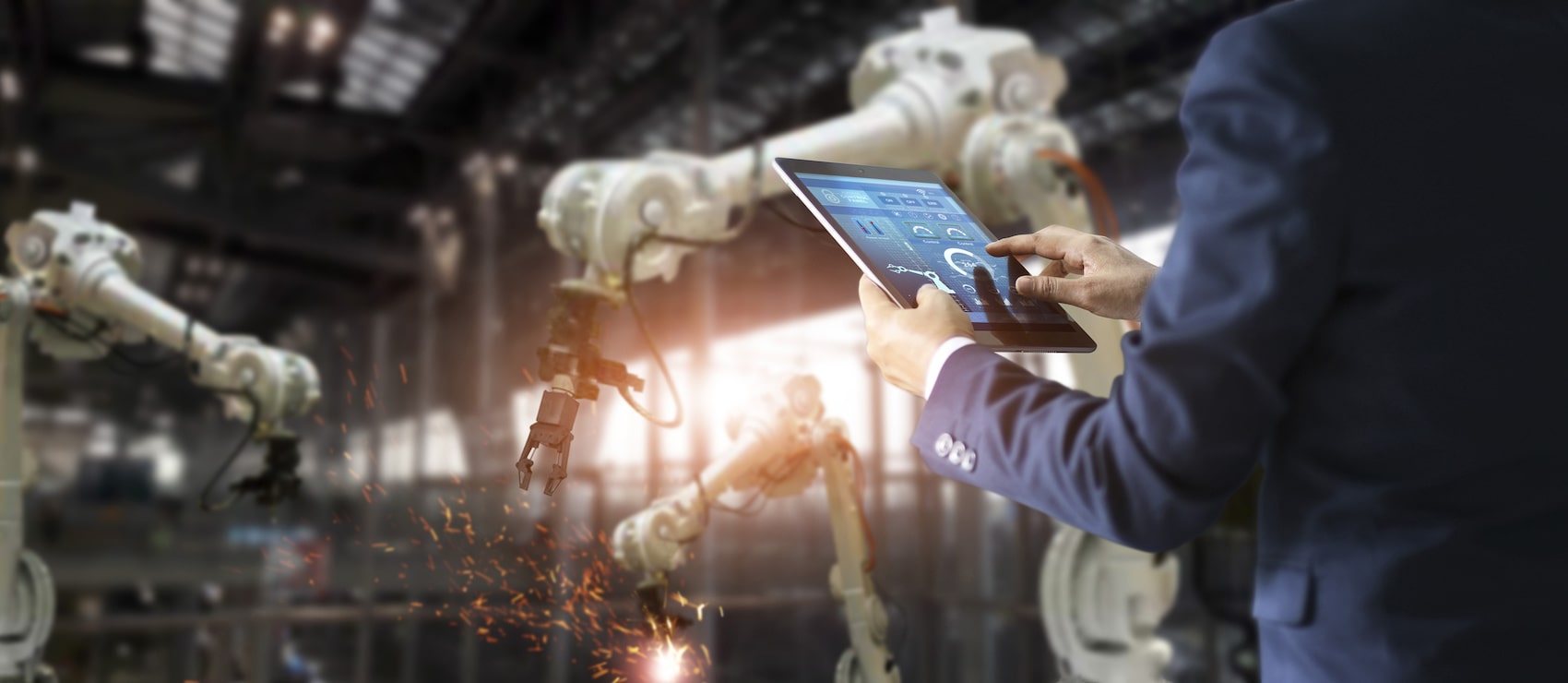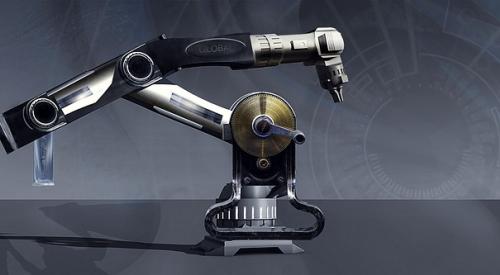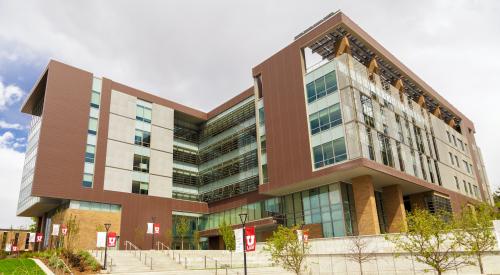With Research Institutes like The Farnsworth Group reporting a major labor shortage threatening the U.S. construction industry, contractors are gradually relying on innovative building technology for a vital solution sure to make a lasting impact. Though robotics prices for units like the SAM100 can reach up to $500,000, their construction assistance can double production rates according to product testimonies and company claims.
Roughly 44% of contractors are reporting a small negative business impact after a dire economic year during the COVID-19 pandemic while millions across the United States remain unemployed and desperate for work, though job vacancies are at an all-time high. Along with major labor shortages, material shortages and delivery delays are causing many contractors to lack the assistance they need in order to meet the demands of a post-pandemic backlog. In a time of quick adaptation, all eyes fall to the technological laborers of the future.
Companies like MIT and Construction Robotics are jumping to the rescue with automated robots designed to usher in greater productivity and profitability for contractors on job sites where labor is scarce. By taking workloads off of inundated masons and carpenters, products like the MULE, SAM100, and CSAIL AutoSaw are the trailblazers of an innovative construction industry.
MULE
Designed by Construction Robotics, the MULE (Material Unit Lift Enhancer) is a lift-assist rig meant to improve safety and efficiency on construction sites by taking the weight off of masons and doubling the square footage accomplished by an individual worker. The Construction Robotics website reports “2X productivity resulted from using MULE with 32″ CMU blocks” while standard masonry blocks measure 16 inches.
The custom unit is designed to adapt to onsite variables by mounting to scaffolding or climbing platforms to get the job done even in the most adverse environments. Above all, the ergonomic MULE is meant to keep masonry crews safe by limiting the strain of an average workday, preventing injury and speeding along the bricklaying process for max productivity.
The MULE has been shown to double and even triple productivity on work sites according to Construction Robotics, significantly cutting down construction time while ensuring precision and safety. At a cost of $60,000, the lift-support robot is still an up-and-coming investment for construction companies across the country, but because its service generates greater revenue and limits the risk of work-related injury by lifting cement blocks for masons, it may be a venture worth taking.
SAM100
While Construction Robotics’ MULE aids masons in the bricklaying process, the company’s semi-autonomous SAM100 does the work itself, serving as an ultra efficient coworker for onsite construction. SAM100 is designed to lay between 2,000-3,000 bricks a day with minor help from fellow crew members. Instead of doing the heavy lifting, masons working alongside the SAM100 are responsible for smoothing mortar and guiding their mechanical counterpart down the brick line.
Construction Robotics reports a 400 percent productivity increase from the SAM100 as well as over 50 percent labor savings, meaning a decrease in expenses allowing companies to potentially take on more projects. Despite the robot’s hefty $500,000 price tag, most construction companies currently employing SAM rent out the masonry unit at a cost of roughly $20,000 a month using 3 times less labor on average according to a project report by Rabren General Contractors. Predominantly utilized for major projects sure to bring in a greater profit margin, SAM100 is inching its way into a construction industry eager for help and ready for innovation.
AutoSaw
Another new construction robot to hit the market is MIT’s cutting edge (literally) CSAIL AutoSaw, a unit consisting of a modified Roomba equipped with a jigsaw as well as versatile Kuka youBots which mobilize the carpentry process. A computer design system sends motion-tracking commands to MIT’s robotic crew, allowing the youBots to carry and position the wood which the AutoSaw then cuts with precision.
The AutoSaw is meant to prevent injury on job sites by taking on dangerous work while other carpenters focus on logistics. According to MIT CSAIL’s postdoc Jeffrey Lipton, the AutoSaw is less a carpenter’s competition than it is an assistant meant to cut out more mundane and time consuming aspects of their job. “By creating these tools we don’t want to replace carpenters—we want to improve safety and augment their skillset.” Though the AutoSaw is still in the final stages of production and refinement, its official introduction to the construction industry is on the horizon. By providing a hands-off approach to woodworking, the AutoSaw will also institute safer carpentry practices indicative of a more efficient and technologically savvy workforce.










